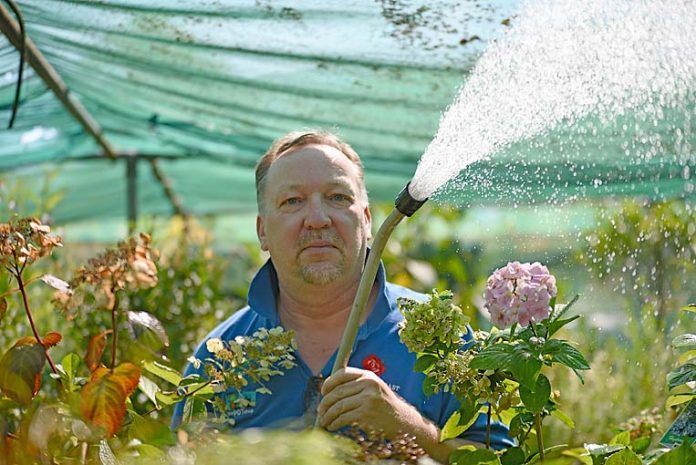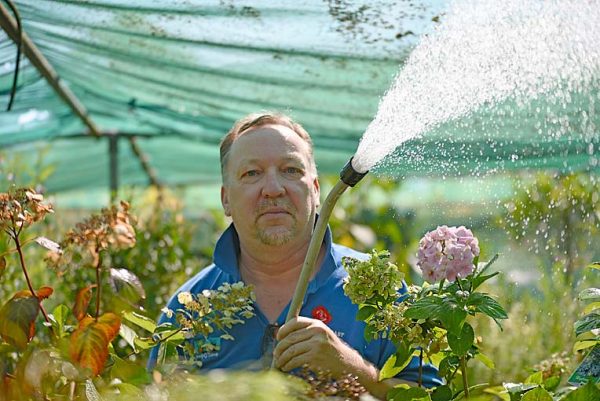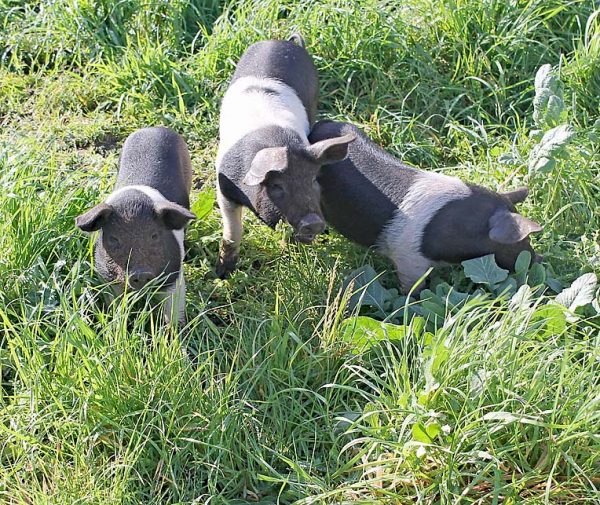

THE Mount Gambier district’s fluctuating weather patterns over summer have played havoc with some sections of the agricultural industry, according to pork and honey producers.
While the weekend’s heatwave is now over, many farmers are struggling with the dry conditions and the lingering affects of the blistering 40 degree days.
Regional free range pork producer James Koop – who breeds Wessex Saddleback pigs – described the summer period as challenging for his operation.
He revealed the operation had used much more water and the pigs were struggling to cope with the fluctuating temperatures.
Mr Koop said the change from hot to cooler conditions were causing health problems for his pigs.

“With a sudden change in temperature, particularly overnight, the pigs can come down with pneumonia,” he said.
“It is when it is 40 during the day and 17 at night – you can hear the pigs cough at night.”
The producer – who sells his produce at the Mount Gambier Farmers Market under the name of Amblemead Produce – revealed it had also been an uphill battle to keep up the water to his stock.
Mr Koop – who also grows heirloom vegetables – said the extreme heat had decimated plants with the scorching conditions burning leaves on tomato vines.
“We are looking forward to more consistent temperatures,” he said.
Mount Gambier apiarist Matthew Waltner-Toews – who operates Unspun Honey – said the “erratic” temperatures were affecting honey production.
“The weather has been very unpredictable this summer,” Mr Waltner-Toews told The Border Watch yesterday.
Now in the harvesting period, he said his honey production had dropped by 50pc.
While this was significant, Mr Waltner-Toews said the state average drop was a massive 80pc.
He revealed the bees had needed a lot of water this summer and many plants and trees had not flowered.
Mount Gambier nursery operator Calum Haygarth said the hot conditions had seen staff run off their feet with watering.
Mr Haygarth – who operates Gardenarium on the fringe of Mount Gambier – said staff had been coming in as early as 6.30am to water the plants and trees.
“But now the light is diminishing, it is getting harder and harder to get enough daylight hours to water,” he said.
During some hot days, Mr Haygarth he was there until 8pm.
“We have been using a lot more water than we would normally use, particularly during the recent hot days,” he said.
“You have got to keep everything really hydrated from the day before.”
Mr Haygarth revealed it had been so hot at times it appeared the “heat is almost boiling the leaves of the plants”.
“We have had hardy plants, such as Australian natives, get completely burnt.”
Mount Gambier recorded above average daytime temperature during summer with figures showing the mercury was 1.8 degrees higher compared with the average.
Statistics released by the Bureau of Meteorology show the mean temperature for summer was 26.4 degrees with the hottest day of 44 degrees recorded on January 24.
The figures show the rainfall during summer was marginally above the average with 98.6mm being recorded at the bureau’s weather station near the Mount Gambier Airport.









